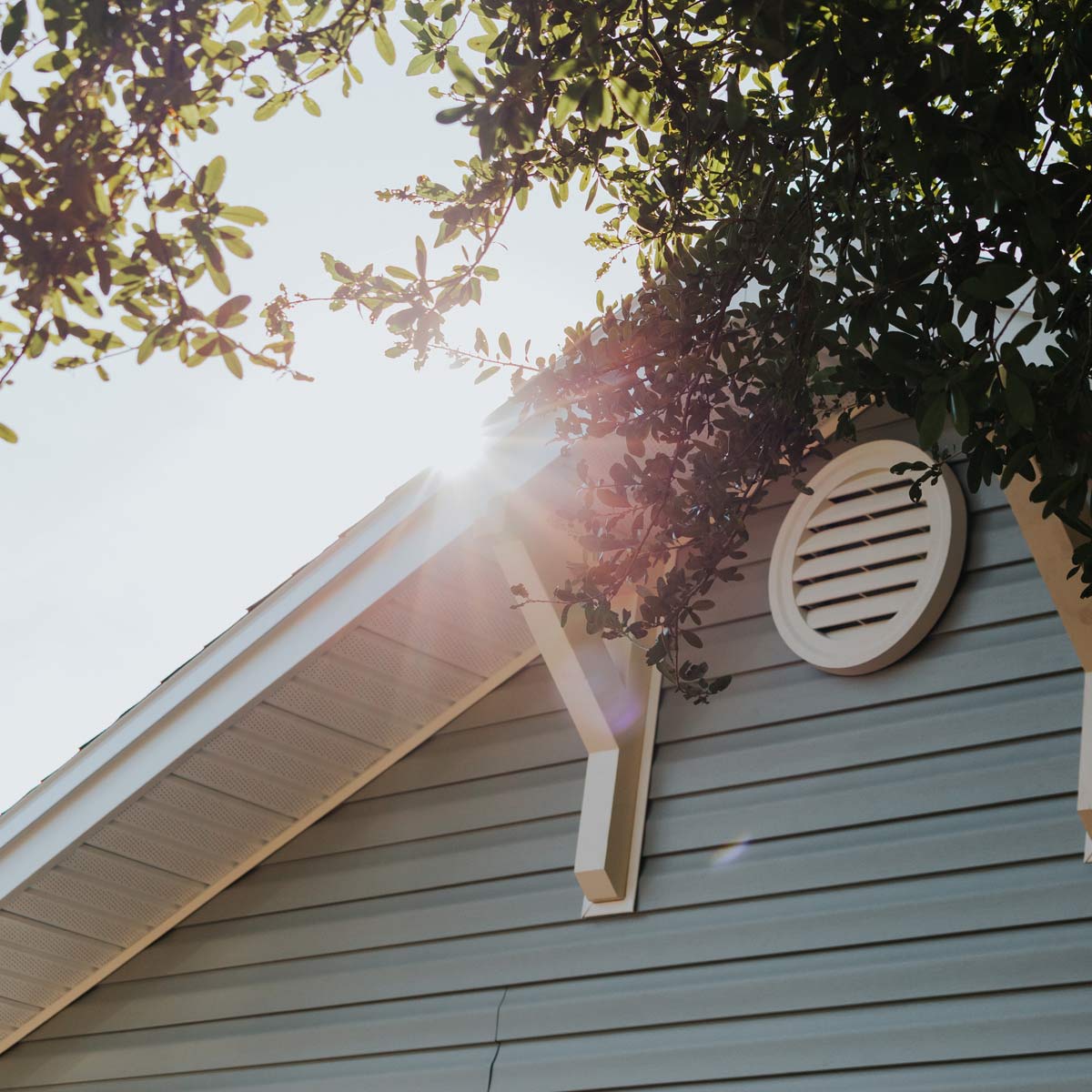In the realm of housing, it is generally established that paying no more than 30% of one’s gross monthly income for housing expenses, is consider being in an affordable situation.
Housing expenses are calculated by adding monthly rent payments + utility costs = ‘total housing expense’. While homeownership costs are calculated by including mortgage payment + taxes + insurance + utilities = ‘total housing expense’.
To see if you’re rent burden simply divide your gross monthly income into your total monthly housing expenses
Total Monthly Housing Expenses /Gross Monthly Income = Percentage of Gross Monthly Income Paid Towards Housing
Example: $1,000 rent & utilities / $2,000 monthly income = 50% gross income towards housing expense
Paying between 30% -50% of gross income in housing expenses is considered moderately cost burden, whereas paying 50% or more of gross income for housing expenses is considered severely cost burden. Being housing cost-burdened places an individual or family at increased financial risks. Often one emergency (job loss, illness or unexpected expense) can place an individual or family in dire circumstances.
Locally, there is an additional hidden cost of transportation expenses for low to moderate-income families due to a lack of reliable public transportation options and the lack of affordable housing close to employers. In 2019 AAA estimated the annual average costs of vehicle ownership as being $9,282.00 per year or $773.50 a month. The need for a reliable vehicle exacerbates financial stressors caused by unaffordable housing costs. Some citizens will pay upwards of 70% of their total income for housing and transportation-related expenses alone.
Spending no more than 30% of one’s income on housing expenses is an important benchmark that allows for increased financial freedom.
Scope of Cost Burden Problem
- In Pinellas County, 171,245 households (more than 50% renters and over 33% homeowners) are considered “cost-burdened,” meaning they pay more than 30% of their income towards housing. – Foundation for Healthy St. Petersburg (2018). Home: A Pathway to Equity through Housing report
- 14,303 or 29% of all renters in Pasco County are Cost Burden and additionally 62% of all renters between 30%-60% AMI are rent burden. Shimberg Center for Housing Studies (2019) Florida’s Rental Housing Needs: 2019 Update
- 795,603 low-income house hold in the State of Florida pay more than 40% of income for rent – Shimberg Center for Housing Studies (2019) Florida’s Rental Housing Needs: 2019 Update













































